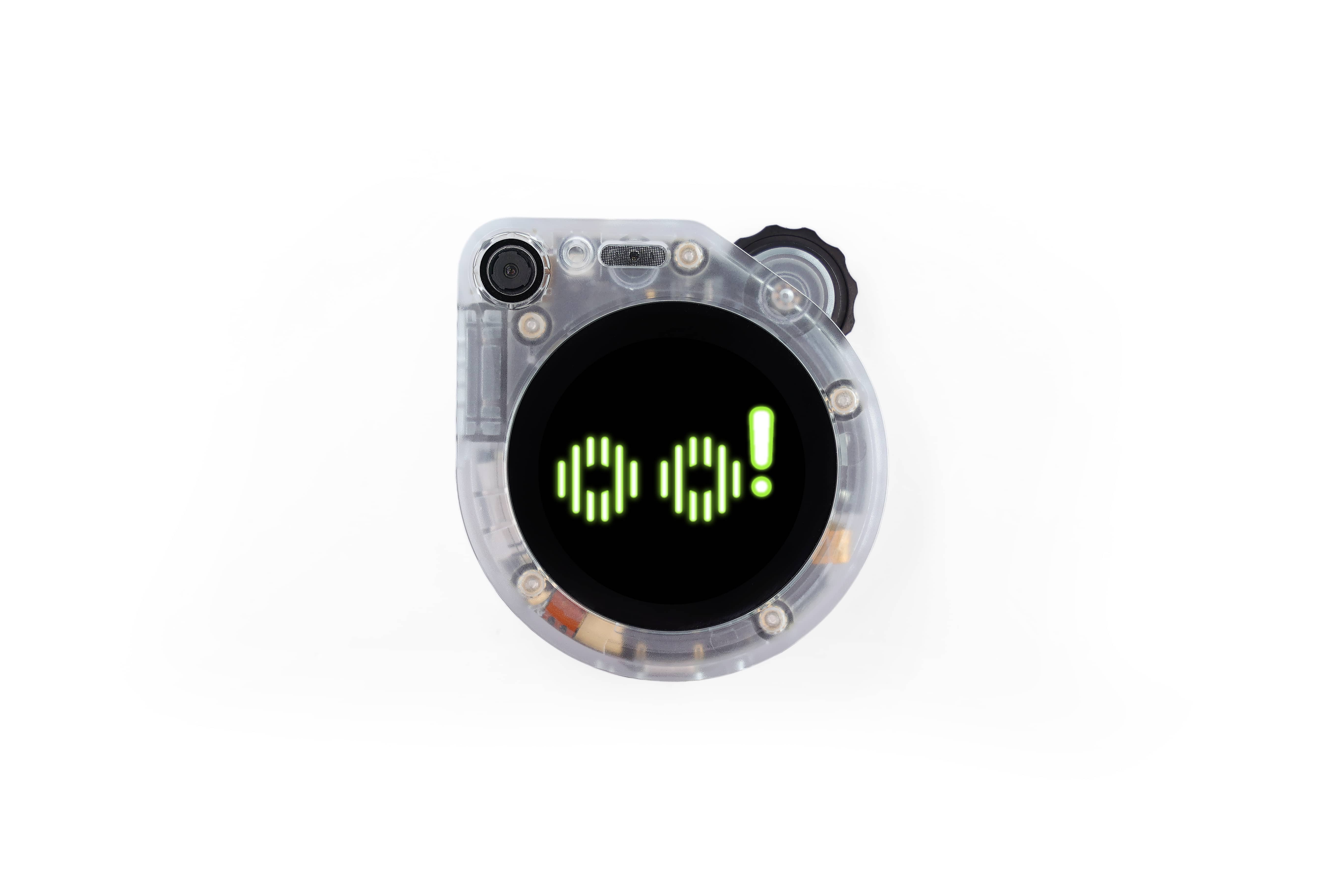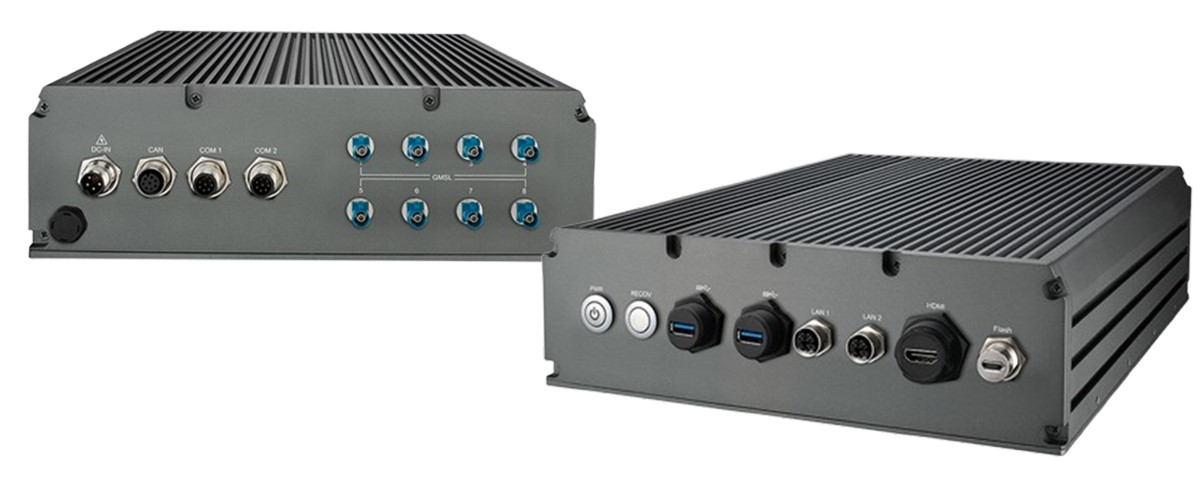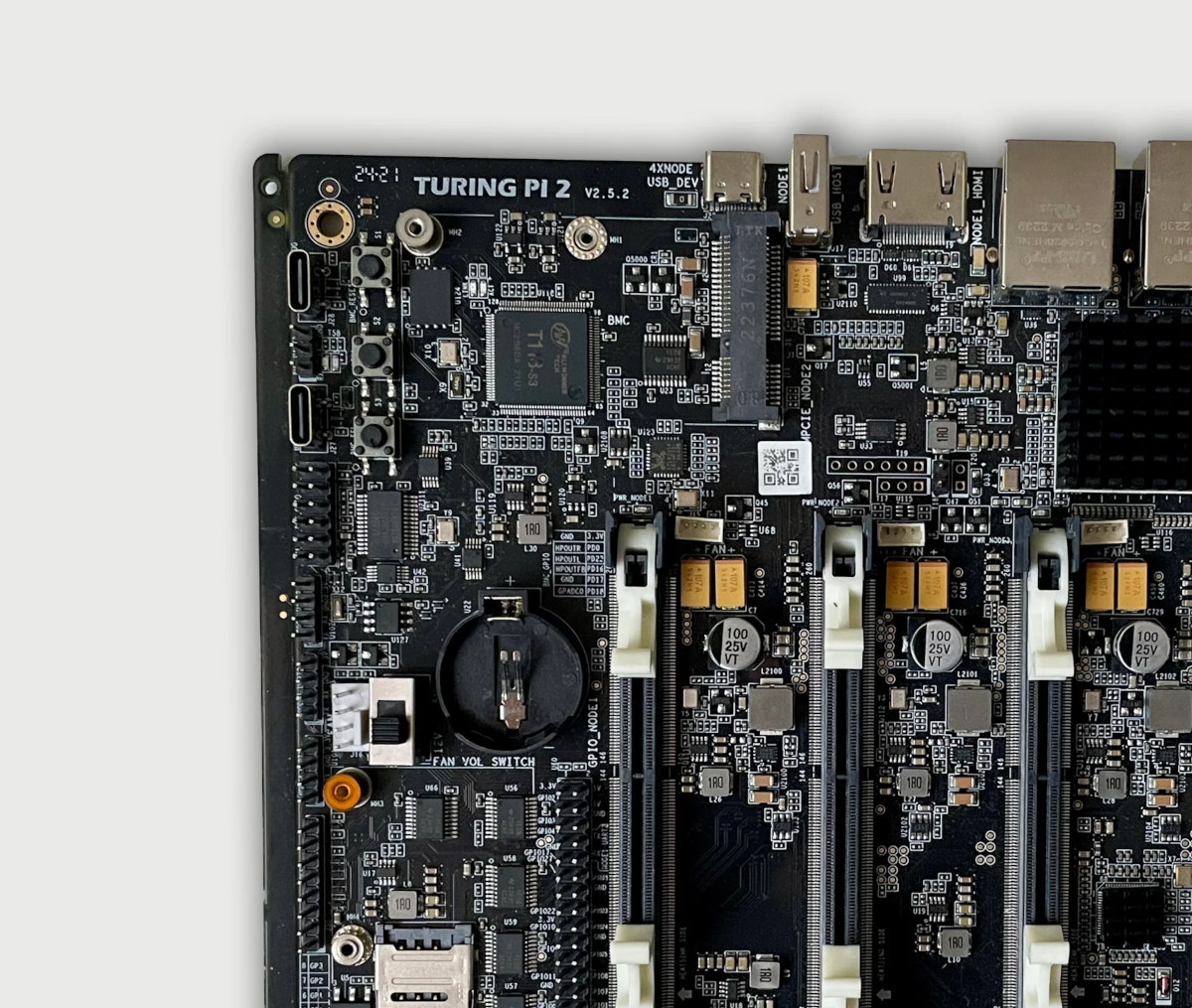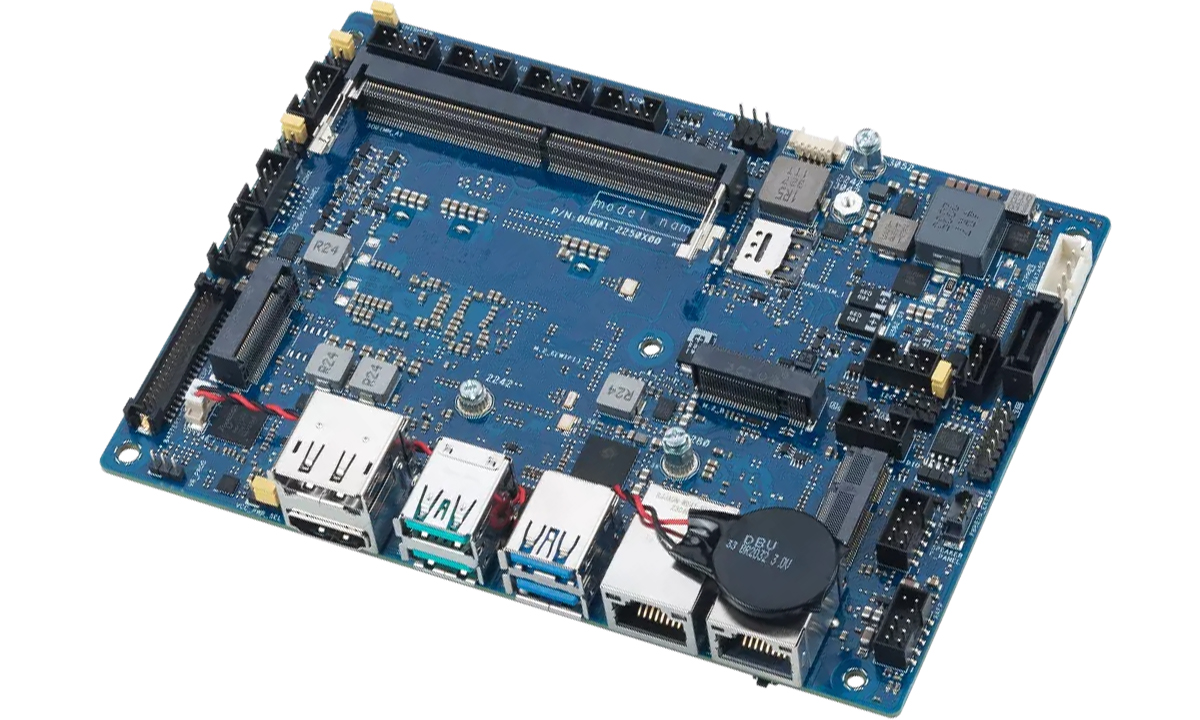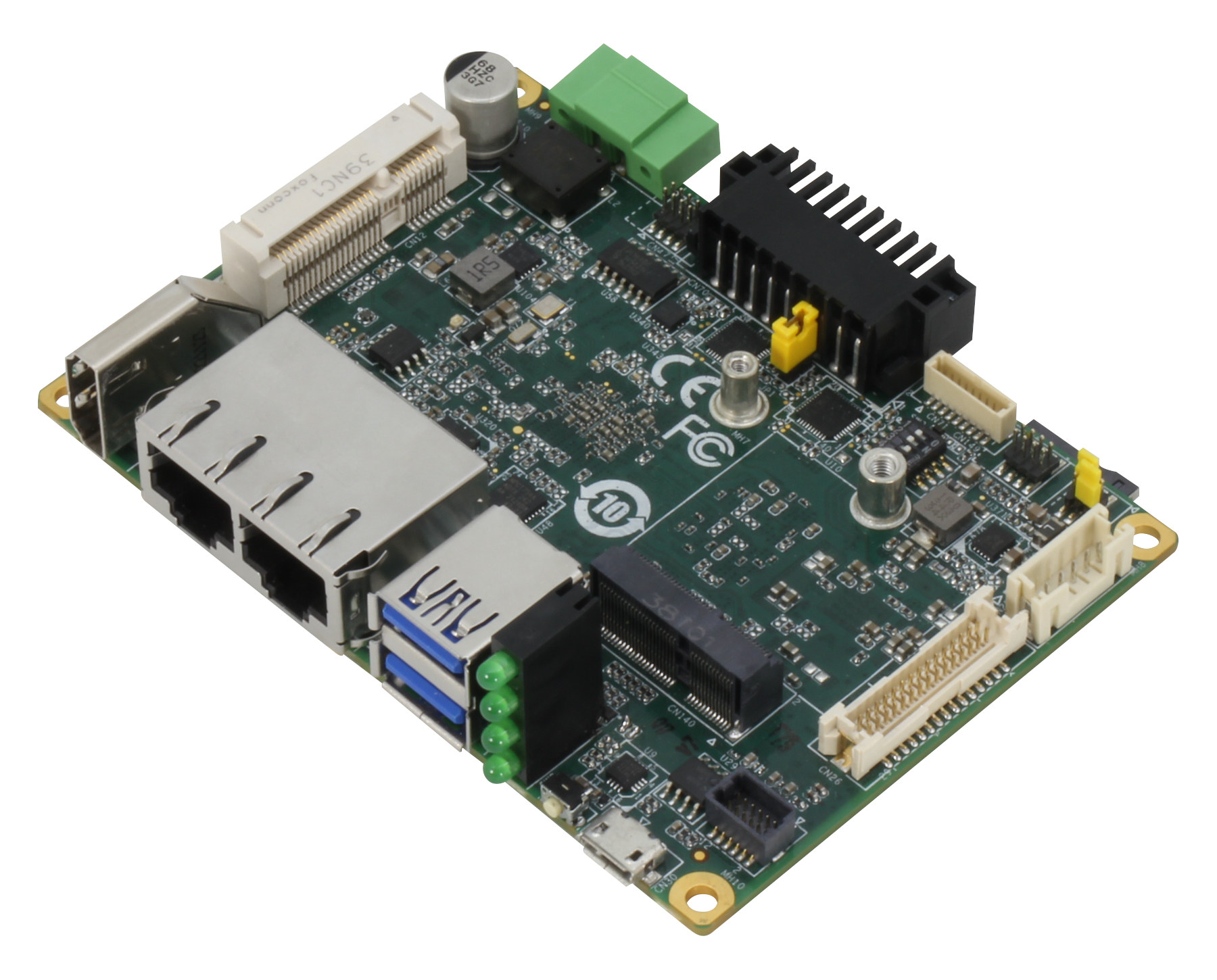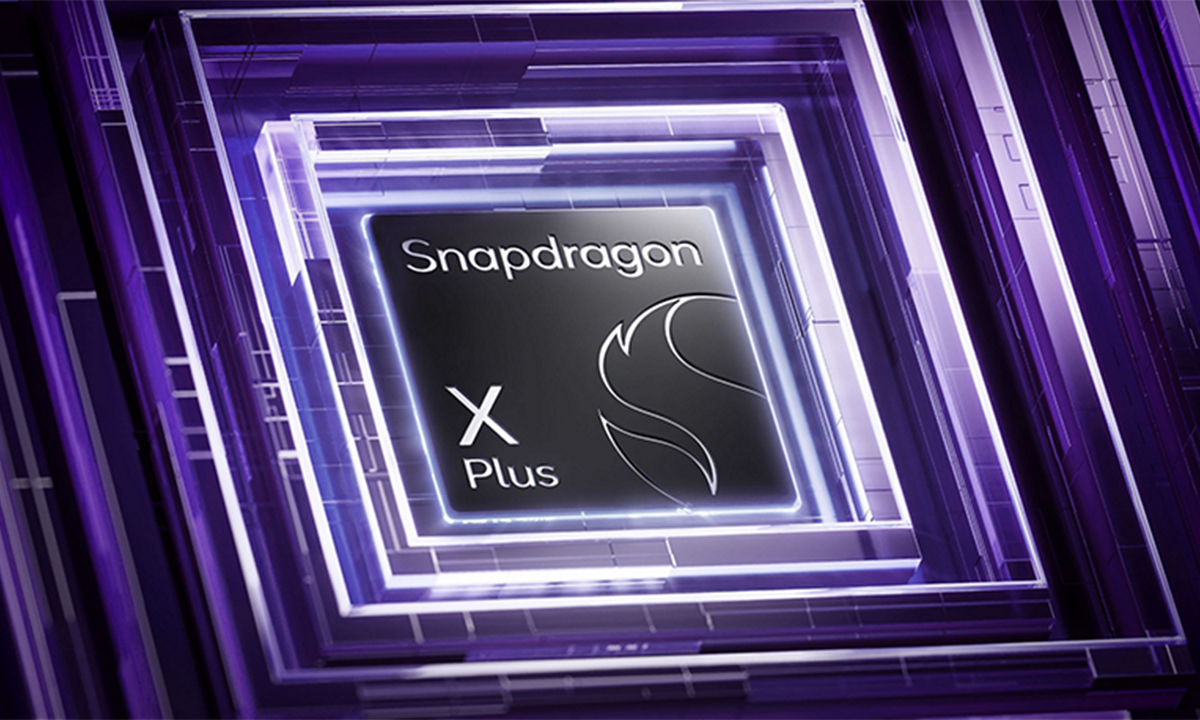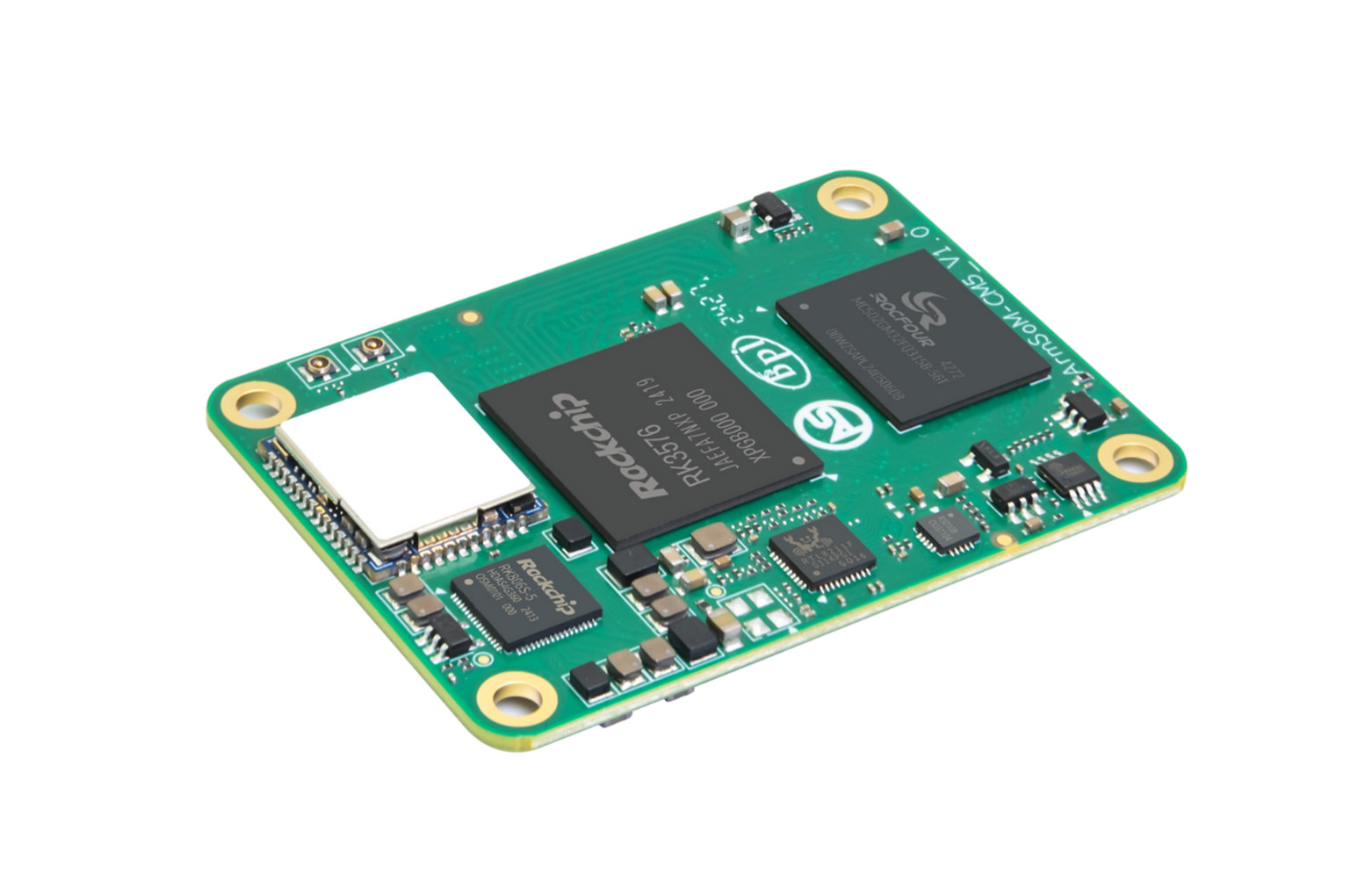Seeed Studio has launched a Kickstarter campaign for the SenseCAP Watcher, a physical AI agent capable of monitoring a space and taking actions based on events within that area. Described as the “world’s first Physical LLM Agent for Smarter Spaces,” the SenseCAP Watcher leverages onboard and cloud-based technologies to “bridge the gap between digital intelligence and physical applications.” The SenseCAP Watcher is powered by an ESP32-S3 microcontroller coupled with a Himax WiseEye2 HX6538 chip (Cortex-M55 and Ethos-U55 microNPU) for image and vector data processing. It builds on the Grove Vision AI V2 module and comes in a form factor about one-third the size of an iPhone. Onboard features include a camera, touchscreen, microphone, and speaker, supporting voice command recognition and multimodal sensor expansion. It runs the SenseCraft software suite which integrates on-device tinyML models with powerful large language models, either running on a remote cloud server or a local computer […]
Vecow RAC-1000 rugged Edge AI systems feature NVIDIA Jetson AGX Orin, waterproof ports, GMSL2 camera connectors
Vecow’s RAC-1000 series Edge AI systems are powered by NVIDIA Jetson AGX Orin 32GB or 64GB system-on-modules, offering up to 275 TOPS of AI performance. These systems are energy-efficient and come with rugged I/O options and an IP67-rated enclosure, making them suitable for AI and robotics applications such as automated agricultural machinery, construction automation, and mobile robotics in extreme outdoor conditions. The series includes two models: the RAC-1000, which supports 8 GMSL2 cameras through FAKRA-Z connectors for autonomous mobile robots, agricultural vehicles, and ADAS; and the RAC-1100, which features 6 GigE LAN ports with 4 PoE+ for vision AI applications. Both models are built for industrial environments and support various AI-driven tasks. As you may know, we’ve previously covered several Vecow AI computing systems, including EAC-5000, EVS-3000, TGS-1000 Series, SPC-9000 fanless embedded system, ECX-3200, and EPBC-1000. Feel free to explore these options if you’re interested. The Vecow RAC-1000 series specifications: […]
Turing Pi 2.5 mini-ITX cluster board for system-on-modules launched along with a mini-ITX enclosure
The Turing Pi 2.5 is a mini-ITX motherboard designed for clusters of system-on-modules such as Raspberry Pi CM4, NVIDIA Jetson modules, or the company’s own RK1 SoM powered by a Rockchip RK3588 AI SoC. A mini-ITX case compatible with both the Turing Pi 2 and 2.5 boards is also available. The Turing Pi 2.5 is an upgrade to the earlier Turing Pi 2 with the main key features, but some updates related to USB, HDMI output, new 8-pin connectors for I2C, audio, and GPIO pins, and BMC upgrades. While the company has just announced the start of Turing Pi 2.5 and the mini-ITX case pre-order, documentation and photos on the store and documentation website have not been updated. Everything is still about the Turing Pi 2 except for the information in the announcement. I won’t go through the specs since they are not available for the latest version, but the […]
ASUS X7433RE-IM-A 3.5-Inch motherboard features Intel Atom X7433RE Amston Lake SoC, dual Ethernet, three display interfaces
ASUS has launched the X7433RE-IM-A, a 3.5-inch industrial motherboard powered by an Intel Atom X7433RE Amston Lake SoC. The processor supports Intel Deep Learning Boost (DL Boost) and Intel AVX2 SIMD instructions to enhance AI processing and accelerate workloads at the IoT edge. The X7433RE-IM-A single-board computer supports up to 16GB of DDR5 4800MHz In-Band ECC memory via a SO-DIMM slot. The Intel Atom X7433RE processor, with integrated Intel UHD Graphics, supports up to three 4K displays through HDMI 2.0, DisplayPort 1.4, and LVDS/eDP 1.2. For storage, the board includes a SATA 3.0 interface and networking is implemented through two Ethernet controllers – Intel i210IT and i226IT (2.5GbE) – with WOL/PXE support. Previously, we covered the ASRock Industrial SBC-262M-WT, another Intel Atom X7433RE Amston Lake-based 3.5-inch motherboard. We also wrote about other 3.5-inch boards like the ECS ADLN-IE1S, Jetway MF32, ECS RK3568-IS, MSI MS-98M3, and several others. You can check […]
AAEON introduces NXP i.MX 8M Plus Pico-ITX SBC and mini PC designed for Edge AI industrial applications
AAEON PICO-IMX8PL is a Pico-ITX SBC built around the NXP i.MX 8M Plus Edge AI processor which the company has also released in an enclosed form as the SRG-IMX8PL mini-PC. Both are designed for industrial AIoT/IoT applications. The SBC features various connectivity options including dual Gigabit Ethernet, Wi-Fi/Bluetooth, 4G LTE, CAN-FD, Audio, LVDS, and support for popular protocols like Modbus, MQTT, and OPCUA. Whereas the mini PC sacrifices some I/O interfaces and the LVDS display output to enable wall or DIN rail mounting. Both products have wide operating temperature ranges, fanless designs, and compact form factors making them ideal for deployment in harsh industrial environments. All these features make this device useful for industrial automation, transportation, and digital signage. AAEON PICO-IMX8PL Pico-ITX SBC and RG-IMX8PL mini-PC specifications SoC – NXP i.MX 8M Plus AI SoC CPU Quad-core Arm Cortex-A53 processor @ up to 1.6 GHz Arm Cortex-M7 real-time core @ 800 […]
Qualcomm Snapdragon X Plus 8-core – A 4 GHz octa-core processor for entry-level Copilot+ PCs and laptops
Qualcomm’s Snapdragon X line of ARM-based processors is designed for Windows laptops, offering CPUs capable of competing with Intel and AMD processors. The Snapdragon X Plus (10 core) and Snapdragon X Elite, announced last year, include high-performance NPUs for AI processing. Qualcomm has now introduced the entry-level Snapdragon X Plus 8-core processor, targeting the $700 to $900 laptop market instead of the ~$1,300+ asked for something like the Microsoft Surface Laptop 15. It reduces CPU and graphics performance while maintaining the same AI features as the higher-end models. The Qualcomm Snapdragon X Plus lineup includes two octa-core processors: the X1P-46-100 and X1P-42-100, both built on a 4nm process. These processors come with eight Oryon CPU cores, clocked at 4GHz and 3.4GHz respectively, and are equipped with the Qualcomm Hexagon NPU, delivering 45 TOPS for AI tasks like Copilot+ PC. They also integrate Qualcomm Adreno GPUs offering 2.1 TFLOPS for the […]
Banana Pi BPI-CM5 Pro – A Rockchip RK3576-powered Raspberry Pi CM4 alternative with up to 16GB RAM, 128GB flash, a 6 TOPS NPU
Banana Pi BPI-CM5 Pro, also called ArmSoM-CM5, is a Rockchip RK3576 system-on-module electrically and mechanically compatible with the Raspberry Pi CM4 while offering up to 16GB LPDDR5 memory, 128GB eMMC flash, and a 6 TOPS AI accelerator embedded into the RK3576 SoC. It comes with a WiFi 6 and Bluetooth 5.3 wireless module, a PMIC for power management, and two 100-pin connectors mostly compatible with the pinout of the Raspberry Pi Compute Module 4. ArmSoM also provides a CM5-IO carrier board to make use of the extra USB 3.0 and PCIe interfaces, and the company told CNX Software they tested the module successfully with the official Raspberry Pi CM4 IO board. Banana Pi BPI-CM5 Pro specifications: SoC – Rockchip RK3576 CPU – 4x Cortex-A72 cores at 2.2GHz, 4x Cortex-A53 cores at 1.8GHz GPU – Arm Mali-G52 MC3 GPU with support for OpenGL ES 1.1, 2.0, and 3.2, OpenCL up to 2.0, […]
Vecow EVS-3000 AI computing systems combine 14th Gen Intel Core CPUs and MXM Graphics for Edge AI applications
Vecow has introduced the EVS-3000 series, a new line of AI computing systems powered by Intel Core i9/i7/i5/i3 (14th Gen) processors with embedded MXM graphics. These systems deliver high computing power, come with multiple PCIe slots for expansion, and support remote monitoring making them ideal for edge AI applications such as autonomous robotics, public security, and machine vision. The EVS-3000 series includes both fan and fanless models: EVS-3100, EVS-3200, EVS-3300, EVS-3400 without fans, and EVS-3100(F), EVS-3200(F), EVS-3300(F), EVS-3400(F) with fans. All systems are powered by Intel R680E chipsets and feature compact NVIDIA or AMD MXM graphics, with support for 2.5GbE LAN, Out-of-Band (OOB) management, and multiple PCIe Gen 4 slots. These systems deliver high performance for AI computing at the edge for applications such as machine vision and robotics. As you may know, we’ve previously covered several Vecow AI computing systems, including the TGS-1000 Series, SPC-9000 fanless embedded system, ECX-3200, […]


